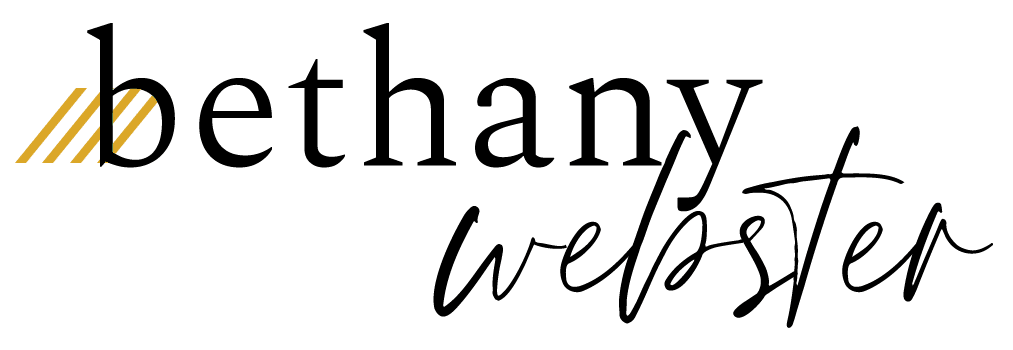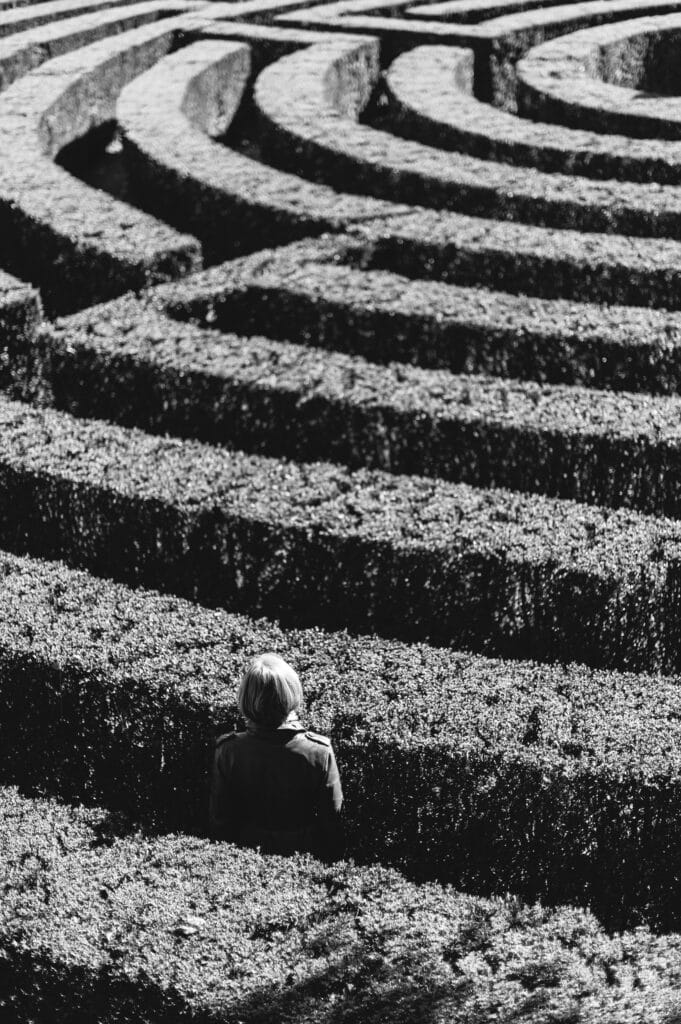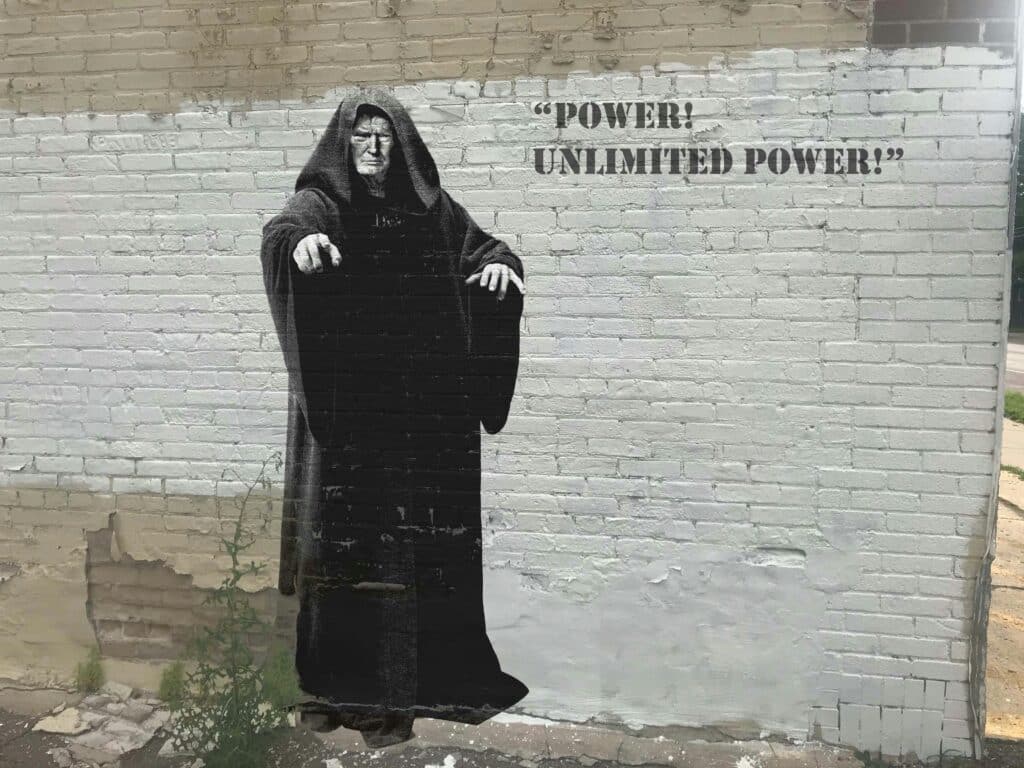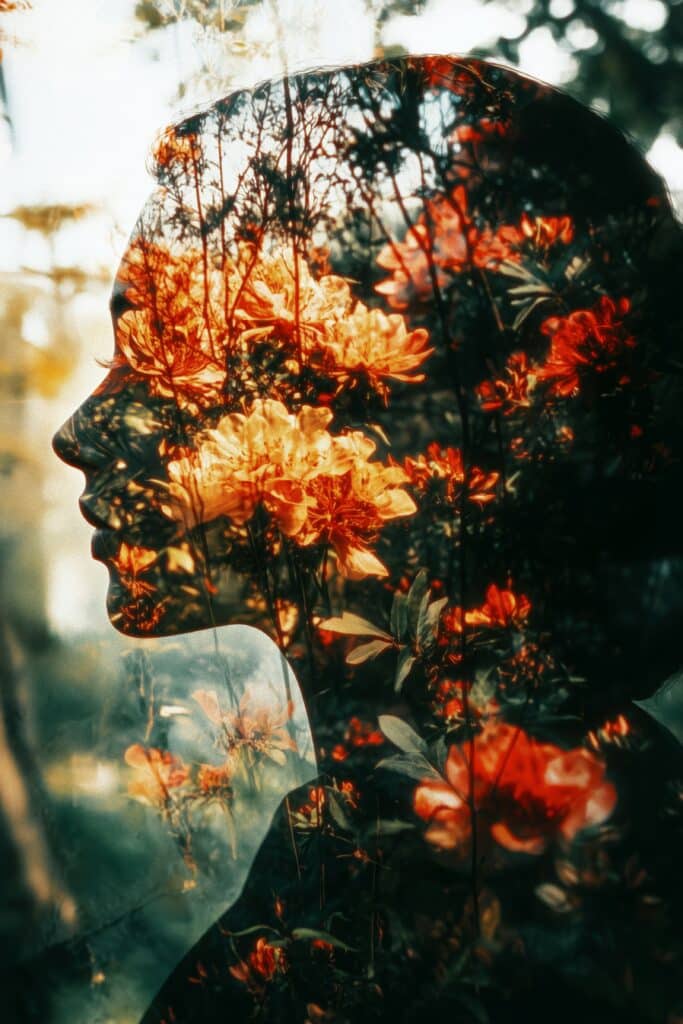The Unlived Life of the Mother: The More the Inner Child Heals the More Confident the Woman Becomes
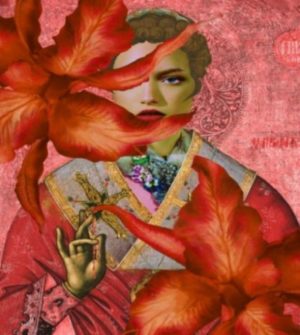
To become truly empowered, a woman must make the radical shift from identification with her mother to identification with her own true self.
There is a lie of staggering proportions that sits at the center of our lives. This lie is so pervasive that it is rendered virtually invisible. This lie is that female inferiority is the natural order, implying that all that is feminine has a natural defect. This is the lie that causes rot in the mother/daughter relationship, crippling women collectively. The crippling can only continue as long as we remain unconscious of the myriad manifestations of this rot, the Mother Wound. At this time in history we have to make the manifestations as conscious as possible so that we can move beyond it.
“The young child lives close to the unconscious of the parents, and therefore unconsciously carries the parents’ unfulfilled dreams and ambitions, as well as their problems and unresolved conflicts.” ~Marion Woodman
Healing Your Inner Child
The patriarchal lie of female inferiority situates the daughter in conflict between her natural desire to live her full potential, and the truth of her mother’s deprivation at the hands of patriarchal institutions including the family, the church, the media and the state. The mother/daughter bond may have a background tension fostered by the inherent scarcity of personal power they are permitted in society and also an enmeshment between them due to their plight. Their bond is colored to some degree by how each of them copes with the lie about their inferiority.
This belief in a “female defect” keeps women on a never-ending wheel of self-improvement, constantly working to meet an impossible standard of what a “desirable woman” ought to be. The mother is often the first to impart these standards to the daughter. The problem lies in the fact that those standards actually harm the daughter as they harmed the mother and her mother before her.
Every new child comes with a healthy demand to live life on its own terms.
When a daughter attempts to go beyond the mother’s standards into living life on her own terms, it can feel like a betrayal of the mother. However, that impulse to go beyond the ideals of the mother is a healthy, life-giving impulse. That is the natural impulse to individuate and live as the real self, not a false self (which patriarchy requires). To fight that healthy impulse is to remain identified with the mother which keeps the daughter in a kind of emotional immaturity, always a bit distrustful and doubting of herself, and never fully living her own life.
Individuation requires that the daughter withdraw from any over-functioning (emotional labor) for the mother, whether as her scapegoat, her emotional confidant, her problem-solver, her pet, or her distraction. It also requires that the daughter stop waiting for the mother to do things which she may simply lack the capacity to do, such as celebrating the daughter, accurately seeing her, acknowledging their differences with love, etc. There’s a lot of grief to work through here.
Some degree of emotional differentiation from the mother is essential to feeling in charge of your own life.
Unfortunately, our culture shames daughters who examine their relationship with their mothers as simply “mother-blaming.” Though the swift dismissal appears to protect the mother’s “elevated status” in the culture, it actually exploits her by protecting her ability to pass on damaging patriarchal norms, keeping her ignorant of the true magnitude of how she has suffered from them herself. The real tragedy is how conscious reflection on this relationship is actually the basis of true adult responsibility, yet many still believe the opposite.
The unlived life of a mother can be experienced as a powerful burden on the daughter, consciously or unconsciously. Important factors include: how much the mother had conflict with her own mother, how deeply she internalized the lie of her own inferiority, and whatever unhealed trauma is in her own history. In other words, whatever a mother refuses to confront in her own life will present some kind of challenge with the daughter.
Mothers may feel jealous of their daughters, putting daughters in a tough situation. A daughter may assume that she is responsible for her mother’s deprivation. As one woman told me, “I always felt like the implication was I was bad when good things happened easily for me. The unspoken question was ‘How do you think that makes Mommy feel?’ causing me to associate guilt with feeling good.”
Healthy differentiation from your mother is about ceasing to live under the shadow of your mother’s dysfunction as though it were your own.
Another woman explained, “I felt this awful helplessness of not being able to make my mother see that I’m not trying to be cruel to her when I’m happy. No matter how much I tried, she could never see it that way. I gradually learned that doubting myself was a form of loyalty to her. Not being fully successful, not fully ambitious, was a way to love her. If she felt me crossing the line, even a whisper, into true happiness, I would feel her energetically withdraw from me. She’d begin to mock, criticize or punish me, mostly in subtle, under-handed ways. I don’t think she was conscious of any of this. The one time I didn’t acquiesce to her demand to attenuate myself for her, she dropped me completely. I realized later that my willingness to curb my potential for her was a kind of nourishment she depended upon in her life that was otherwise bereft of validation.”
A scarcity dynamic arises: a sense of not enough love, space, or power between them. Comparison, competition, jealousy are manifestations of this background sense of scarcity.
For daughters of jealous mothers, it can feel like having to choose between the love of your mother and your own potential. Because a child depends on her mother, of course, she will have to choose her mother and forsake herself. Left unhealed and unexamined, this dynamic will create a festering sense of deprivation and resentment that she could likely pass onto her own daughter. And this is one of the ways that the wound is perpetuated onto another generation.
It doesn’t have to be this way…
The more conscious a mother is of her own Mother Wound and the more she has taken responsibility for her own healing journey, the less tension there will be in the mother/daughter relationship. The more a mother has mourned her own losses and honored the true self within her, the more a daughter will feel free to step more fully into her own life, without worrying that her empowerment will injure her connection with her mother.
Conscious women today can serve as powerful “pattern-interrupters” by becoming conscious of these dynamics and doing their own inner healing work to transform them.
As we labor to birth ourselves into our own lives, there often comes a time when it’s necessary to withdraw from limiting patterns we’ve come to rely on as who we are. This cessation of a pattern can feel like life or death, like it’s impossible to continue in the old way but the new way is not yet fully established. This can feel particularly scary and uncomfortable because at this kind of juncture, usually the only way forward is precisely what you were rejected or abandoned for when you were a child.
A brief story: Coming out of the “sweatshop” of parentification
Parentified daughters are those who overachieve, overwork or over-function as a means to unconsciously attain the mother’s approval or to manage the mother’s anxiety. Trapped and held emotionally hostage by their mother’s needs, they are daughters who’ve had to grow up fast. They can be particularly thwarted by the burden of the mother’s unlived life.
After years of consistent healing work, the deepest layer of my own trauma came up for healing. As a parentified daughter myself, I had long struggled with over-working, people pleasing, and striving. As I increasingly healed from these patterns, I discovered a part of me that seemed to have been trapped in an “inner sweatshop”, a part of me that had been working non-stop since birth to survive, being hypervigilant, always on the lookout for crisis.
Around this time, I had a dream of climbing up an infinite wall of shelves of ibuprofen, something my mother frequently used as a physical (and I suspect emotional) pain reliever. Terrified and powerless, I knew if I stopped climbing the shelves, I would fall into an abyss. When I awoke from the dream, I was in a deep state of grief and immense relief. The dream seemed to illustrate how I wanted to be her “pain reliever” but no matter what I did, I could not relieve her pain. I wept because I knew the child in me wanted to save her but couldn’t. I saw deeper than ever that I was not the source of my mother’s pain, but merely a trigger for pain that long preceded me.
My tears felt like they were cleansing the guilt from my inner child who came to view herself as “bad” when she desired to grow into her own life.
Around this time, I was having trouble working. Anytime I sat down with my to-do list, I felt paralyzed. The only thing that allowed me to work was to first take several hours to do nothing at all, to look out the window outside, to feel my existence as enough, without the demand to care for others.
During those hours of looking outside at tree branches waving in the wind, watching at sunlight dancing on the lawn, at a very deep level, the parentified, inner child was stepping out of the “inner sweatshop” and into the sunlight, bonding with nature as mother, rather than vigilance as mother. Simply being, for hours without a goal, was the imperative. During those hours I would gently give the inner child the messages she needed to hear: “You don’t have to respond to the demands of others. You don’t have to make others comfortable. You don’t have to produce anything for anyone. You don’t have to please others or make them feel good. You’re safe now. I love you exactly as you are.” These affirmations literally felt like a lifeline and the pathway into a whole new experience of life.
The more the inner child heals, the more confident the woman becomes.
Only after these hours of unstructured time could I get work done. And the work I did was vastly different, much more inspired, easy and enjoyable. Work that would have taken 8 hours was getting done in 3 hours. I realized that when we stop being driven by the wound, we get more work done in less time and there’s a commensurate potency and power in the work that we do.
The bond between the inner mother and the inner child is the solid bridge to an authentic life, the true “portal of possibility.”
We fill the “mother gap” by giving to ourselves what we needed from our own mothers. And with inner mothering comes the solid ground from which new possibilities emerge. Otherwise, we hobble through life blaming ourselves. The channel through which original, innovative ideas flow is the same channel as our most potent sensitivities, including our pain, our innocence, our vulnerabilities and our irrevocable connection with all life. This channel is the bond with the inner child. To gain full, unfettered access to our creative impulses is to commit to healing the child within who learned to distrust her own observations, intuitions and feelings.
Changing the “defect” into a deficit…
Healing the Mother Wound involves removing the sense of a defect (“there’s something wrong with me”) and seeing that our pain is not a result of some inherent flaw in us, but rather a deficit in our families and in our culture which de-values the feminine in us all.
Whatever degree of “inner deprivation” the mother has falls on the daughter. We either pass it on unconsciously or consciously transform it. We can’t let our mother’s deprivation prevent us from creating our own inner nourishment. Our mothers have their own healing journeys, which are their responsibility to work on. As daughters all we can do is take responsibility for our own pain and become the women we’re meant to be.
To create solid “inner ground” and truly live as our authentic selves, we have to sift through the rubble of our patriarchal inheritance we’ve received from our mothers. It takes consistent energy to create a solid inner bond of safety with the inner child, so that her wisdom, purity and creativity can flow into our lives. The more energy we cease putting into meeting impossible cultural standards, the more energy we can put into creating this strong inner bond that can form the basis of a truly remarkable life that uplifts the whole.
The nourishment we all seek comes from living as the true self, not through meeting cultural standards that reinforce a “false self.” The true self includes our pain, our flaws, our mistakes, the very things we have been taught to reject in ourselves as children.
Many deny the true magnitude of what they endured in their childhood, never really knowing themselves, never really knowing each other, never really touching the earth. This denial holds so many other denials in place, creating a kind of existential withholding that hardens the heart. To feel completely alive means to feel that forbidden pain, the pain that births the direct knowledge of our inherent and unbreakable connection with all things.
“When you’re living your own reality, you become the sovereign of your own life.” ~Marion Woodman
Art credits: “Orchidizing” by Ulla Karttunen
